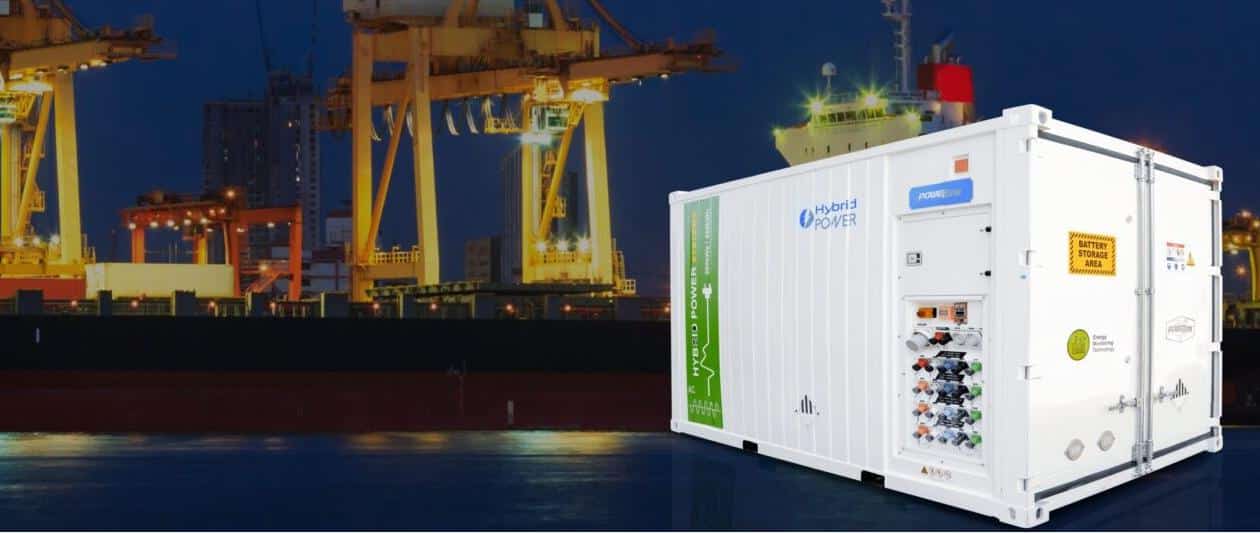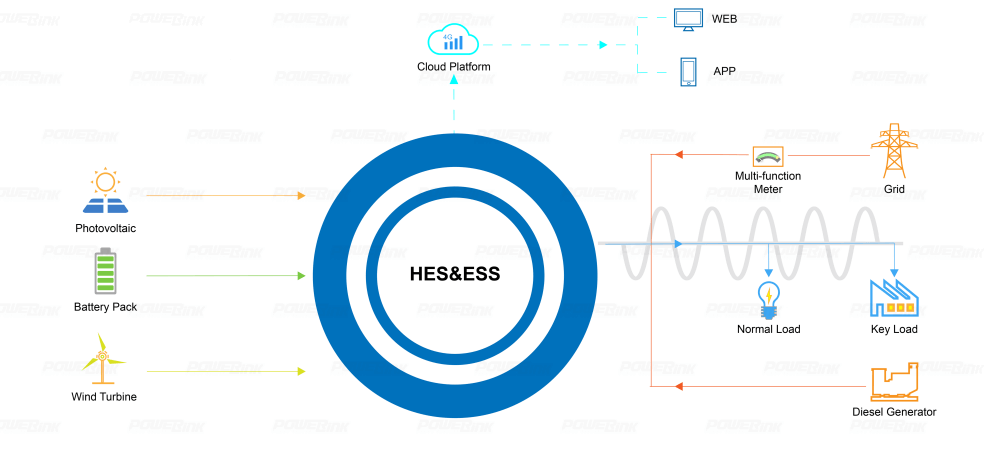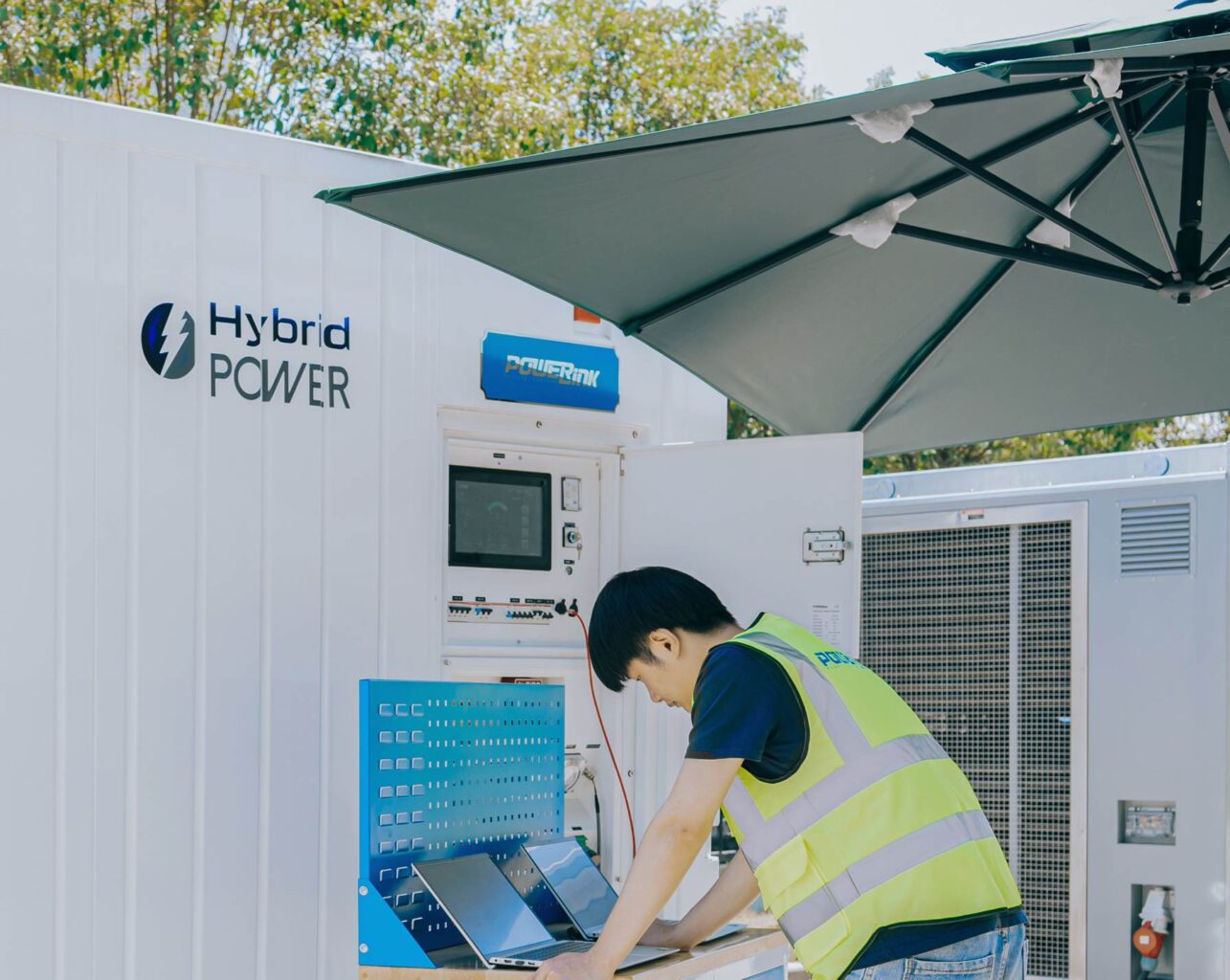Expected Lifespan of Battery Storage Systems
A battery storage system is a technology that stores electrical energy and releases it as needed. It stores energy through multiple battery units that charge and store energy, then discharge it when required. According to recent data, the global battery storage market capacity has grown exponentially in recent years, with global installed capacity expected to reach nearly 500 gigawatts (GW) by 2030. Among these applications, grid frequency regulation and peak load balancing are expected to dominate.
Another crucial factor that warrants attention is the expected lifespan of the system. A shorter lifespan could prevent the battery storage system from realizing its full potential, leading to increased costs and reduced energy efficiency. While the lifespan of battery storage systems is generally shorter than that of photovoltaic panels, this does not mean their value should be overlooked. In fact, battery storage remains an indispensable core technological solution in many fields.
Average Lifespan of Battery Storage Systems
The lifespan of a battery storage system largely depends on factors such as battery type, usage patterns, and environmental conditions. Generally, the average lifespan of battery storage systems is between 10 to 12 years. Below are the expected lifespans of some common battery types:
Lithium-Ion Batteries
Lithium-ion batteries are the most commonly used type in modern energy storage systems, with a typical lifespan ranging from 10 to 15 years. They typically undergo between 2,000 and 8,000 charge-discharge cycles. The lifespan of lithium-ion batteries is influenced by factors such as charge-discharge rates and environmental temperature. Compared to traditional lead-acid batteries, lithium-ion batteries offer higher energy density, longer cycle life, and lower maintenance requirements.
Lead-Acid Batteries
Although lead-acid batteries have a long history of use, their lifespan is relatively short, generally between 3 to 5 years. The typical number of charge-discharge cycles ranges from 300 to 1,200. Lead-acid batteries have lower efficiency and require more frequent maintenance, including electrolyte checks and replenishment.
Flow Batteries
Flow batteries are a type of energy storage technology with a longer lifespan. They can withstand over 10,000 charge-discharge cycles and have a lifespan of up to 20 years. Due to their liquid energy storage medium, flow batteries do not experience significant degradation with increased charge-discharge cycles. It makes them highly promising for large-scale commercial energy storage applications.
Sodium-Sulfur (NaS) Batteries
Sodium-sulfur batteries have a long lifespan of up to 15 years, with charge-discharge cycles ranging from 2,500 to 4,500. These batteries exhibit stable performance and are well-suited for environments with high temperature requirements.
Supercapacitors
Supercapacitors are a type of battery with an extremely high number of charge-discharge cycles, often exceeding 1 million cycles, and can last up to 20 years. While their energy storage capacity is relatively low, they are widely used in applications requiring high power due to their high efficiency and durability.
It is important to note that the lifespan of a battery is not solely measured in years but is more accurately assessed by the number of charge-discharge cycles. High-quality battery systems can withstand 6,000 to 10,000 cycles, meaning they can continue to function for more than 15 years under normal usage conditions.
Furthermore, different types of batteries vary in their charge-discharge frequency, operating environments, and energy consumption patterns. Therefore, choosing the appropriate battery type and operating practices is key to effectively extending the lifespan of a battery storage system.
Factors Affecting Battery Lifespan
The lifespan of a battery is not fixed. It is influenced by a variety of internal and external factors. Understanding this is crucial, as multiple factors can affect the lifespan of a battery storage system. Below are some key influencing factors:
Depth of Discharge (DoD): The depth of discharge before recharging impacts the lifespan of the battery. Batteries that experience deep discharges wear out more quickly over time, shortening their overall lifespan. It is generally recommended to keep the depth of discharge below 80% to extend battery life.
Charging Cycles: A charging cycle refers to one full charge and discharge cycle of the battery. Most batteries, especially lithium-ion batteries, have a specified number of charging cycles before their capacity begins to degrade. For example, a battery rated for 5,000 charge cycles can last up to 13 years with daily use.
Temperature:Extreme temperatures, whether high or low, can significantly reduce battery efficiency and lifespan. Battery systems perform most effectively in environments with temperatures ranging from 20°C to 25°C (68°F to 77°F). Overheating can accelerate degradation, while low temperatures reduce performance.
Maintenance: Proper maintenance is key to ensuring a long lifespan for battery storage systems. Regular inspections, ensuring connections are clean and secure, and following manufacturer guidelines can greatly extend the battery’s operational life.
Component Quality:High-quality batteries and components generally last longer than cheaper alternatives. Investing in well-built systems from reputable manufacturers helps ensure that the battery performs optimally throughout its lifespan.
How to Maximize the Lifespan of a Battery Storage System
To maximize the lifespan of a battery storage system, strategic planning and careful management are essential. The last thing you want is to invest heavily in a battery system only to have to replace it prematurely. Below are the best practices for extending the battery’s lifespan:
Proper Sizing of the Battery System: Ensure that the battery is appropriately sized to meet your energy needs. A system that is too small will frequently experience deep discharges, which shortens its lifespan, while a system that is too large may be inefficient and more costly. Proper sizing helps maintain optimal performance without unnecessary wear and tear.
Temperature Control: Install the battery storage system in a location with controlled temperature, keeping it within the optimal range of 5°C to 25°C (41°F to 77°F). Avoid placing the battery in direct sunlight or in locations prone to extreme temperatures, such as garages or basements.
Smart Energy Management: Use advanced energy management systems to control the timing and manner of battery charging and discharging. Smart systems help prevent overcharging and deep discharging, optimize energy usage, and reduce unnecessary stress on the battery.
Regular Maintenance and Monitoring: It is crucial to regularly inspect the battery connections, cleanliness, and system performance. Clean the terminals and ensure all components are in good working condition. Many modern battery systems come with monitoring features that allow users to track the battery’s health and performance in real time.
Choose the Right Battery Type: If long-term performance is a priority, invest in high-quality, durable batteries (such as lithium-ion or flow batteries) for the best results. While these systems may have a higher initial cost, they last longer and require less maintenance over time.
Sustainable and High-Performance Battery Storage Solutions
PowerLink Energy offers a range of high-quality, durable, and efficient battery storage solutions. Whether you’re looking to reduce energy costs, increase reliability, or leverage renewable energy sources, PowerLink’s systems battery storage system provide advanced technology with a focus on longevity and performance.
By making informed decisions about the type of battery, usage patterns, and environmental conditions, you can maximize the reliability and longevity of your energy storage system. Explore PowerLink Energy’s advanced battery storage systems today and invest in a sustainable, energy-efficient future.




